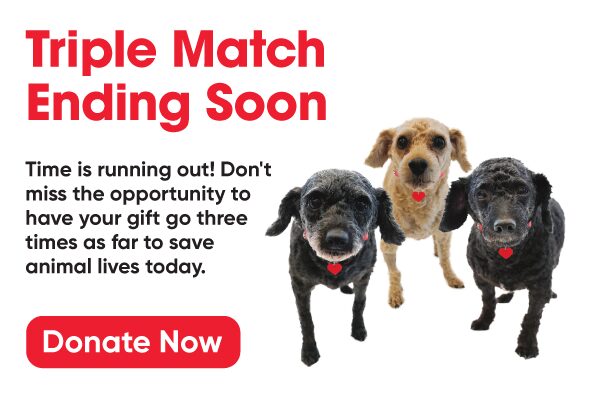Proper socialization of puppies and dogs is incredibly important to their health and well-being, as they are a social species who lives with another social species. We want our new puppy or dog to get along with other dogs and people, of course. So, how can we make this happen in the right way?
You might think that the dog park would be the answer, but, with few exceptions, it typically is not.
Yes, dogs generally interact in dog parks. Most of them play together, and some of the time, that play is normal and positive. Some dogs even interact with other humans while in the park, though most don’t seem to realize humans are even present, so focused are they on playing or roughhousing.
More than occasionally, though, the inter-dog play in a dog park is neither normal or positive, and most people don’t understand enough about dog behavior to know when things are going wrong. Dog parks are definitely a blend of negative and positive, and for me, they mostly skew negative. Here is an article explaining why.
You have very little control over many of the variables found in dog parks, and this is a recipe for problems. Avoid them completely for puppies under 5 months. Use them sparingly for older puppies and adult dogs, and find better ways to socialize and exercise your dog.
OK, so dog parks are out. What can you do to expose your new puppy or dog to the world in positive ways? Here are a few:
Young puppies (8-16 weeks of age): take them with you to stores (where it is allowed) and outdoor areas where there won’t be too many people or other dogs, and it won’t be too hot. (Carry them or keep them in shopping carts; do not put pups this young on the ground anywhere in public.) Take them to friends’ houses so your friends can interact with them calmly. If your friends have dogs, all the better (just verify vaccinations and temperament). If your friends have well-behaved, sociable adult dogs, take them 1-2 times a week for an hour or so. Puppies need this.
DON’T take them to dog parks, crowded fairs and festivals, to fireworks displays, or to places where kids will tease and taunt them or not leave them alone. These types of places are too stressful, and puppies this age need positive, calm interactions for short periods of time. Then they need to nap.
Puppies (4 months to 8 months): Once fully vaccinated, puppies can be allowed on the ground, but still use caution (not in the vet’s office). Start taking them for short walks in your neighborhood, allowing them to explore and play on leash in safe grassy areas. Take them in the car (properly restrained) when it’s cool outside, and let them accompany you to stores (where allowed) and friends’ houses. Sign them up for positive-reinforcement-based training classes that get results (avoid the big-box stores for this) like the ones we teach. Invite friends over to interact safely with them. Keep interactions with people and dogs positive and short.
Older puppies and adult dogs (8 months to 2 years): If you acquire a dog in this age bracket, you have no idea if he or she was previously socialized. If he wasn’t, your job will be harder and require more patience, but it is doable. Follow the instructions for puppies as above, keeping interactions safe and positive. IMPORTANT: do not force your puppy or dog to go up to people or other dogs (and don’t allow them to force themselves on him—especially children). Keep the leash loose and allow your dog to approach as he is comfortable. This is especially important for more timid dogs, as forced interactions will make things worse for them. They need time to adjust and a protector who will “have their back.” Stay upbeat and positive, control as many variables as you can, and keep things short. If the puppy or dog starts to seem overwhelmed, step in and take control, removing the dog from the situation.

